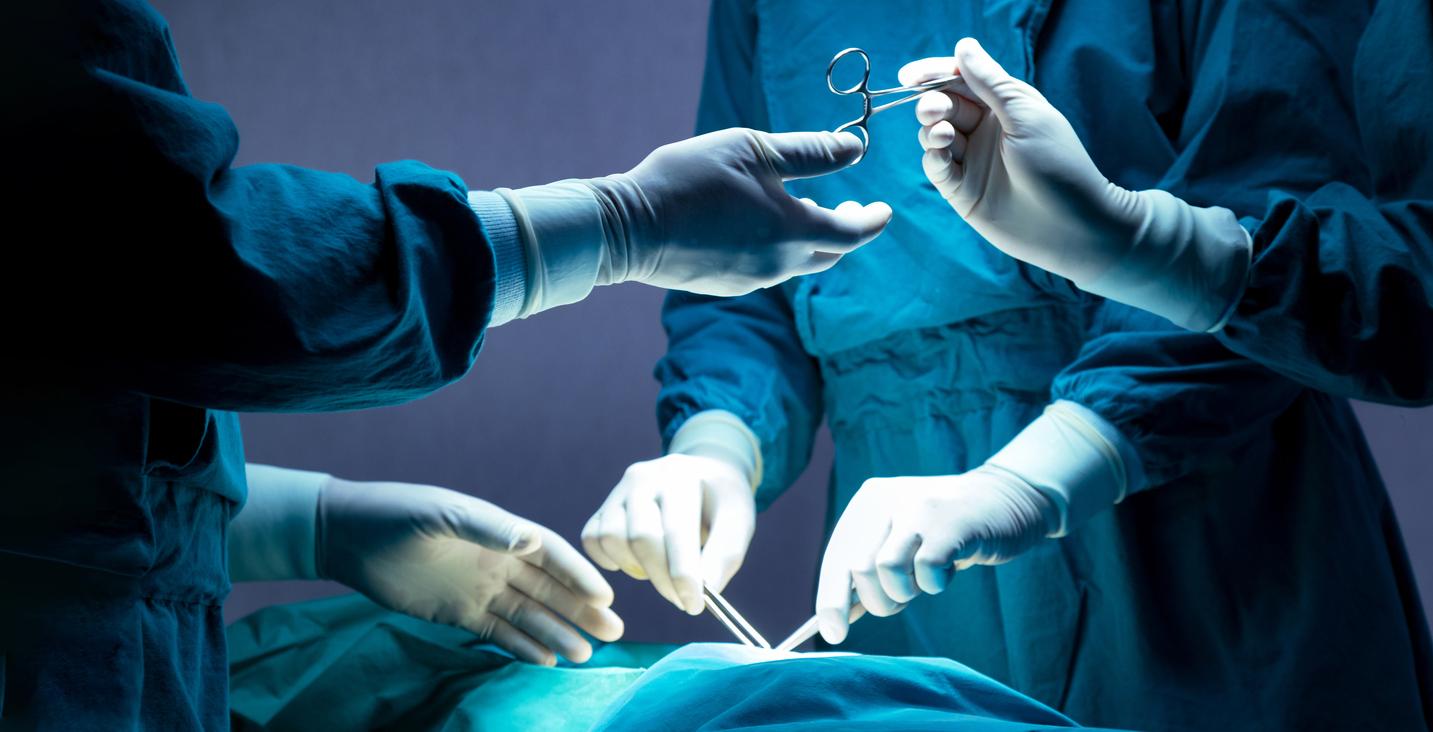Thanks to developments in radiotherapy techniques which have become safer and more effective, 40% of cancer patients recover.

Over the past fifteen years, radiotherapy has undergone significant technological developments. With the advent of high-precision or even very high-precision techniques, the 175,000 patients treated each year benefit from safer, more effective and more targeted treatment. Progress that has also reduced side effects.
“Radiotherapy is an essential treatment to cure patients, while maintaining their quality of life. Among patients cured of cancer, 40% are cured thanks to radiotherapy, ”indicates the French Society for Oncological Radiotherapy, which is currently organizing its annual conference.
Used alone or in combination
Depending on the type of cancer, radiation is used alone or in combination with other treatments. It can, for example, be performed before surgery to reduce the size of the tumor. During or after surgery, it will destroy any remaining cancer cells. It can also be combined with chemotherapy to make tumor cells more vulnerable to radiation.
In addition, the development of techniques now makes it possible to reduce treatment time and increase the effectiveness of treatments. A study presented at the end of September at the European Congress of Oncology has indeed shown that delivering large doses of radiation in a few sessions was as effective and safe as a low dose over a long period in men with prostate cancer.
Improve access to this treatment
Currently, in France, two thirds of cancer patients are treated by radiotherapy at one stage in their care path, ie more than 4 million sessions per year. Developments in techniques and support for 173 authorized radiotherapy centers should make it possible to treat a greater number of patients in the years to come.
At the international level, efforts will also be necessary to treat and cure cancer patients, who will be more and more numerous. Indeed, the World Health Organization (WHO) estimates that the number of cancer cases per year is expected to increase from 14 million in 2012 to 22 million over the next two decades.
This is why experts have called the health authorities of each country, and especially in low-income states, improve access to radiotherapy to save millions of lives.
.















